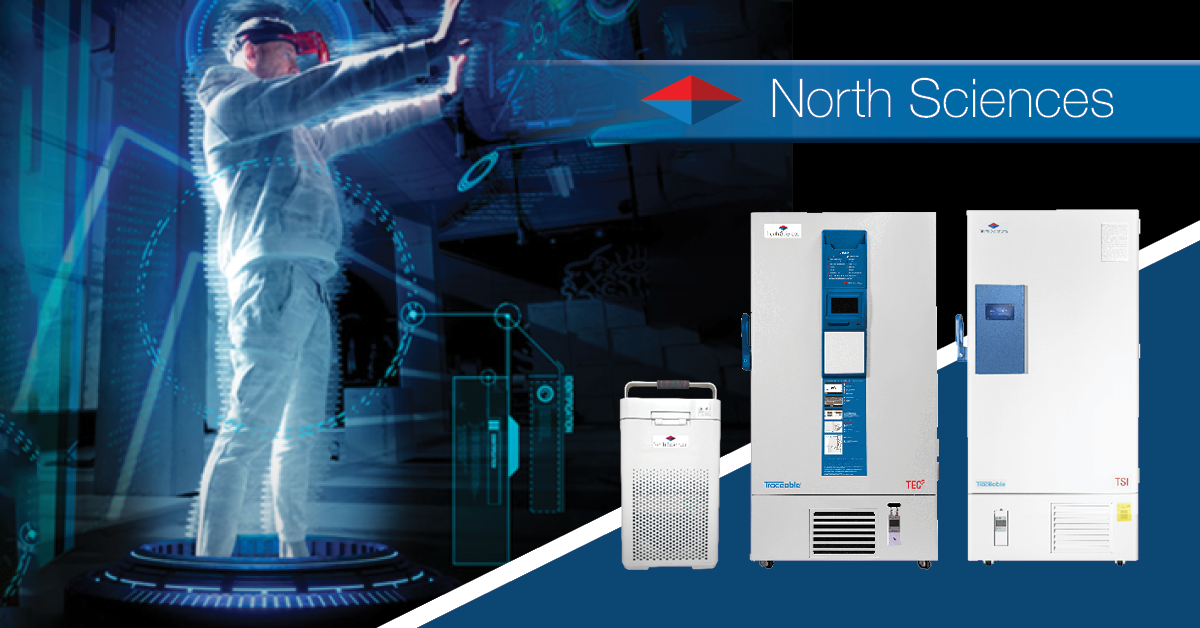How AI Can Help Your Lab

2 Powerful Things AI Can Do For Your Lab
Artificial intelligence (AI) has gone far since being a staple of science fiction in the 20th century. Now, AI is a science fact, and it is quickly gaining ground. Modern AI can write, paint pictures, and compose music, among other remarkable things.
The main thing about modern AI is its ability to learn patterns from data. This is helpful in projecting or predicting future events. AI can accurately determine the probability of certain events occurring given specific patterns in a dataset.
Labs can reap huge benefits from AI as well, such as these.
Monitoring equipment performance and health
Machines in the lab inevitably break down, either due to wear or misuse. In most cases, telltale signs can appear before a major malfunction occurs. But some of these signs are not so obvious, and this is where AI can help out.
Take an ultralow temperature (ULT) freezer as an example. ULT freezers must provide consistent temperatures to preserve biological samples for extended periods. Usually, they operate at -80ºC.
A freezer might not always be at -80ºC flat. There may be slight variations of a few tenths or hundredths of a degree. Normally, this is fine, as long as there is not too much deviation from the set temperature. However, larger variations can deteriorate samples.
Significant temperature fluctuations may be a sign of a malfunction or an impending failure. To a human being, these fluctuations may not be quite apparent, but to an AI, it can be.
AI can help prevent the onset of freezer malfunction by monitoring different data points. These include:
- Temperature trends over time
- Electricity usage
- Compressor uptime
- Ambient temperatures
If the AI detects trends in the data correlated with freezer failure, it can automatically send an alert to you, your lab manager, or both.
Optimizing equipment use
AI has the notable ability to learn and recognize patterns with ease. These abilities of AI can also help you use your lab equipment more efficiently.
For example, an AI can determine the relationship between sample placement and interior temperature in a ULT freezer. The AI can then recommend how best to arrange samples in the freezer to ensure consistency of temperature throughout the whole interior.
AI may also recommend measures to cut down electricity use of lab equipment. Suppose a lab AI is connected to the lab’s central database as well as shared databases from labs around the world. The AI can take a look at trends in ULT freezer data.
As the AI scours through the data, it may find that samples can be safely preserved at a higher temperature, such as -70ºC. Coupled with analyzing electricity usage data, the AI can then suggest setting your ULT freezer to -70ºC to save energy.
AI has a lot more applications in the lab, which can make the life of a researcher a lot easier. You can have more time to produce publishable results instead of maintaining equipment.


